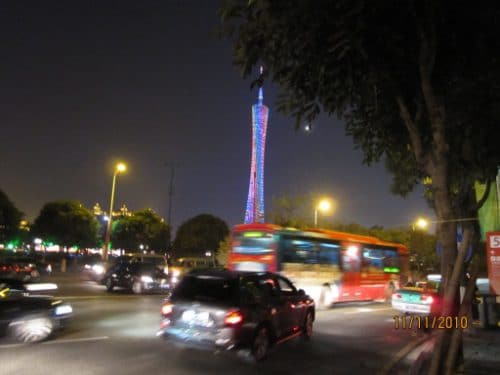
Climate change mitigation calls for renewable energy production in cities
Developing wind energy production in urban settings is a challenge. At the moment the viable option for city folk is to choose renewable energy for their homes from companies which purchase renewable energy credits from wind farms. In the last couple of years, we have had very promising news in the growth of wind energy production. However, the growth of wind power still takes place at rural areas. The transition of energy production into city areas is crucial in a carbon free future. Also, the benefits of renewable energy in cities are abundant: Renewable energy in city areas means holistic transformation and the benefits include, of course cleaner air, but it also means financial benefits as consumers can become producers. Renewable energy offers modernization of services and improved living spaces as well energy independency.
The international renewable energy association (IRENA) has outlined three areas where cities can and should act in this transition: renewable energy in buildings, in transport and in urban energy system creation (IRENA 2016).
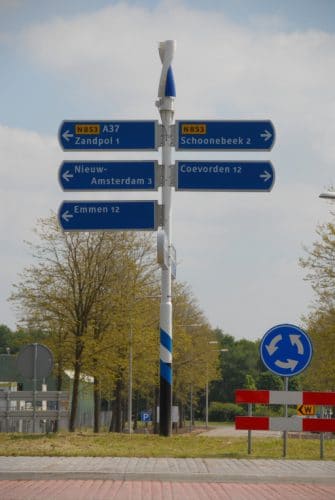
Wind energy systems popularity grows slowly in urban setting
Delightfully, and with acceleration, solar panels can be seen on rooftops turning sun into energy, mainly still in suburban areas, but increasingly also in city settings. The development of solar panels and solar thermal collectors is logical and understandable when we compare the solar energy technology to wind energy technology. The sheer size of the conventional, horizontal wind turbines, creates an obstacle for the urban setting. There are also the ever-occurring questions about the safety, noise and shadow flickering of wind turbines. These factors have been hindering the use of wind power in cities. Compared to the solar systems, the price of independent wind energy systems has not come down as quickly as their solar counterparts. At the moment this – the price is the hindering factor in many cases in using wind power as a local, independent energy source for the public.
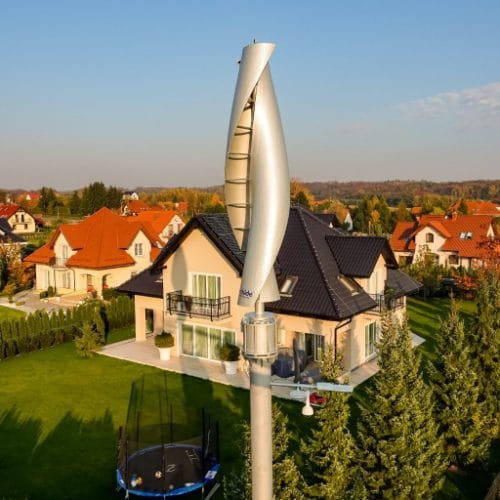
Vertical-axis wind turbines are a good option for city renewables
Luckily technology is a constantly developing science. Although vertical-axis wind turbines have been around for more than 3 decades, they are not much talked about. Currently we are getting to the point where vertical-axis wind turbine designs are getting more attention and new designs are brought to our knowledge. Vertical-axis turbines are still a rare sight but they are an excellent renewable energy source, for example, to power street lights. But let us not think only small objects. Vertical-axis wind turbines are also a competitive option for building integrations, for real estate projects, for community use as well as office buildings and sky scrapers. Having an independent power system in the building, the environmental foot step of the building reduces considerably. It is also worth noting that with the changing climate, severe storms and intensive weather events are likely to become more frequent, which affects power transmission and -distribution in wide areas. Having a grid free or micro grid backup system, might be worth considering.
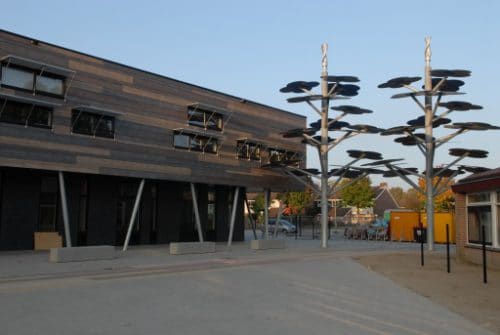
Size is the advantage of vertical-axis turbines
The vertical-axis wind turbines are usually micro turbines. And the size is their advantage in the urban environment. The other advantage of the vertical-axis turbine is that it is not as reliant on consistent and steady winds as the big brother, the conventional, horizontal-axis wind turbine is. In the urban environment the wind speeds are usually slower, creating small turbulences in the midst of the built environment. The vertical axis, at least in some of the turbines, rotates in both directions, hence being able to take full use of the changing wind directions. Because of the comparatively light weight, vertical-axis turbines start rotating and generating power in very light winds but also in stormy weather.
Vertical-axis wind turbines are a functional and safe option for integrations and within living environment because the design does not have the above mentioned “side effects” of the conventional horizontal wind turbines. We have witnessed the design to be silent or even soundless, safe for birds and bats, as well as people and the climate. The vertical-axis wind turbine has a tremendous potential in the transition of energy production into the urban setting.
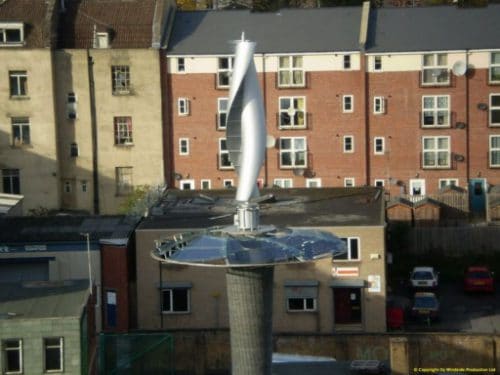
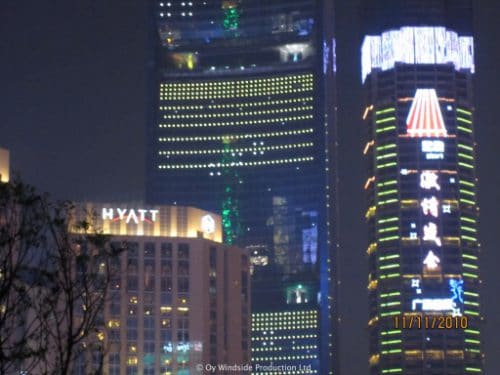
More on the subject and References:
Charlie Hewitt, 2015, https://www.renewableenergyworld.com/ugc/articles/2015/06/wind-generation-in-urban-settings.html, cited 5.2.2019
Irena, 2016, Renewable energy in cities
Intergovernmental panel on climate change, 2018, Special report (chappter3) https://www.ipcc.ch/sr15/chapter/chapter-3/, cited: 5.2.2019
U.S. Global change Research Program, https://nca2014.globalchange.gov/highlights/report-findings/extreme-weather, cited: 6.2.2019
https://www.som.com/projects/pearl_river_tower__sustainable_design

